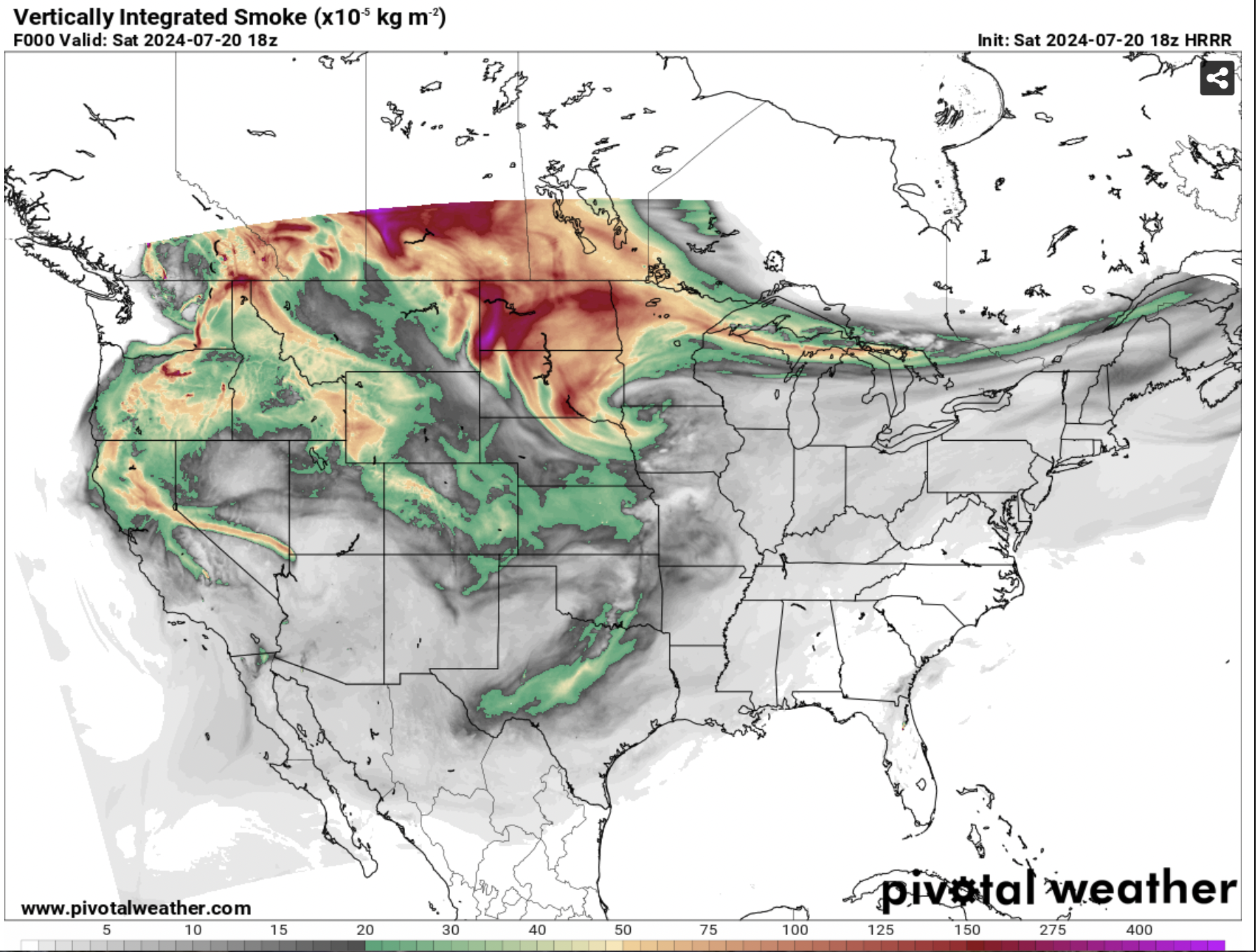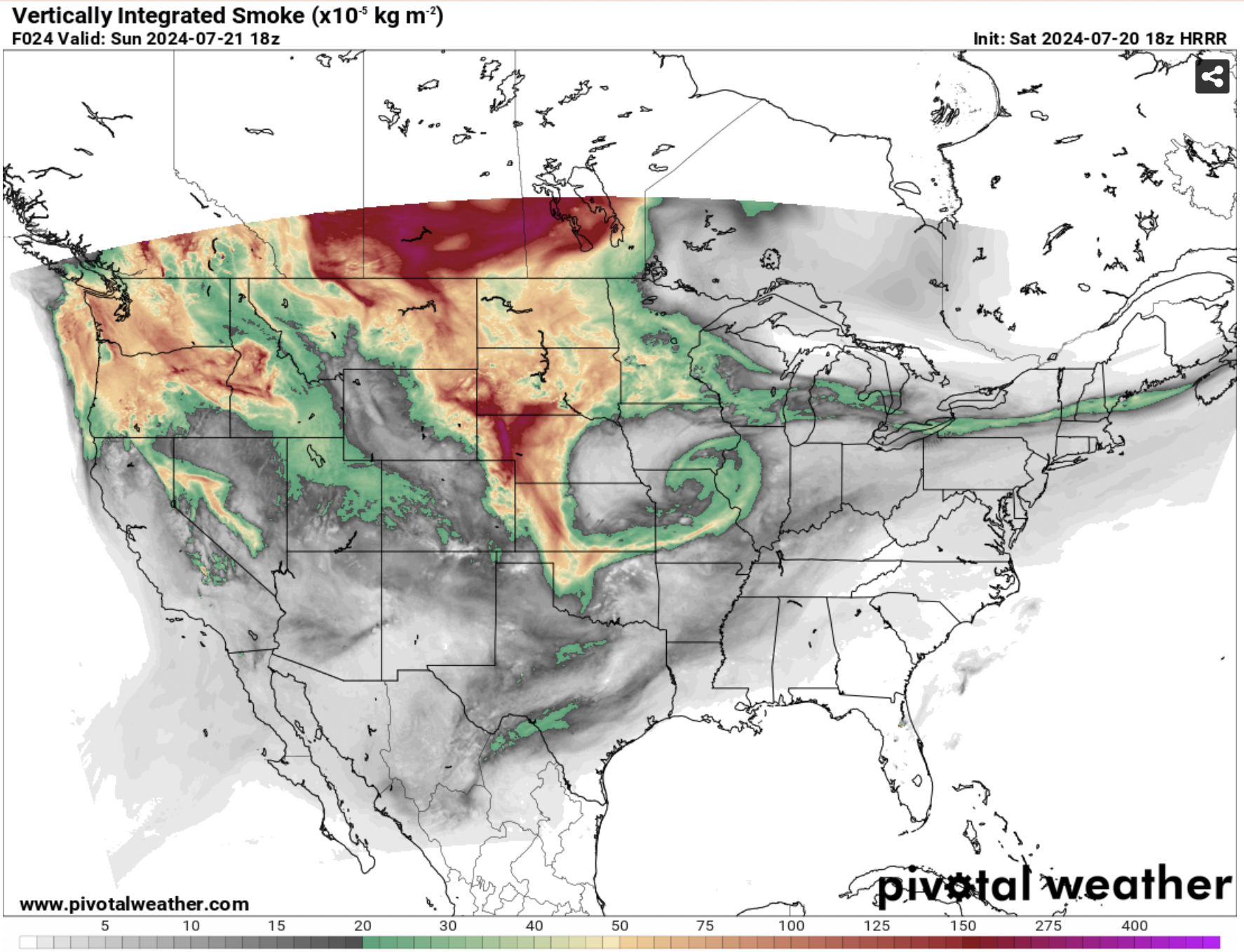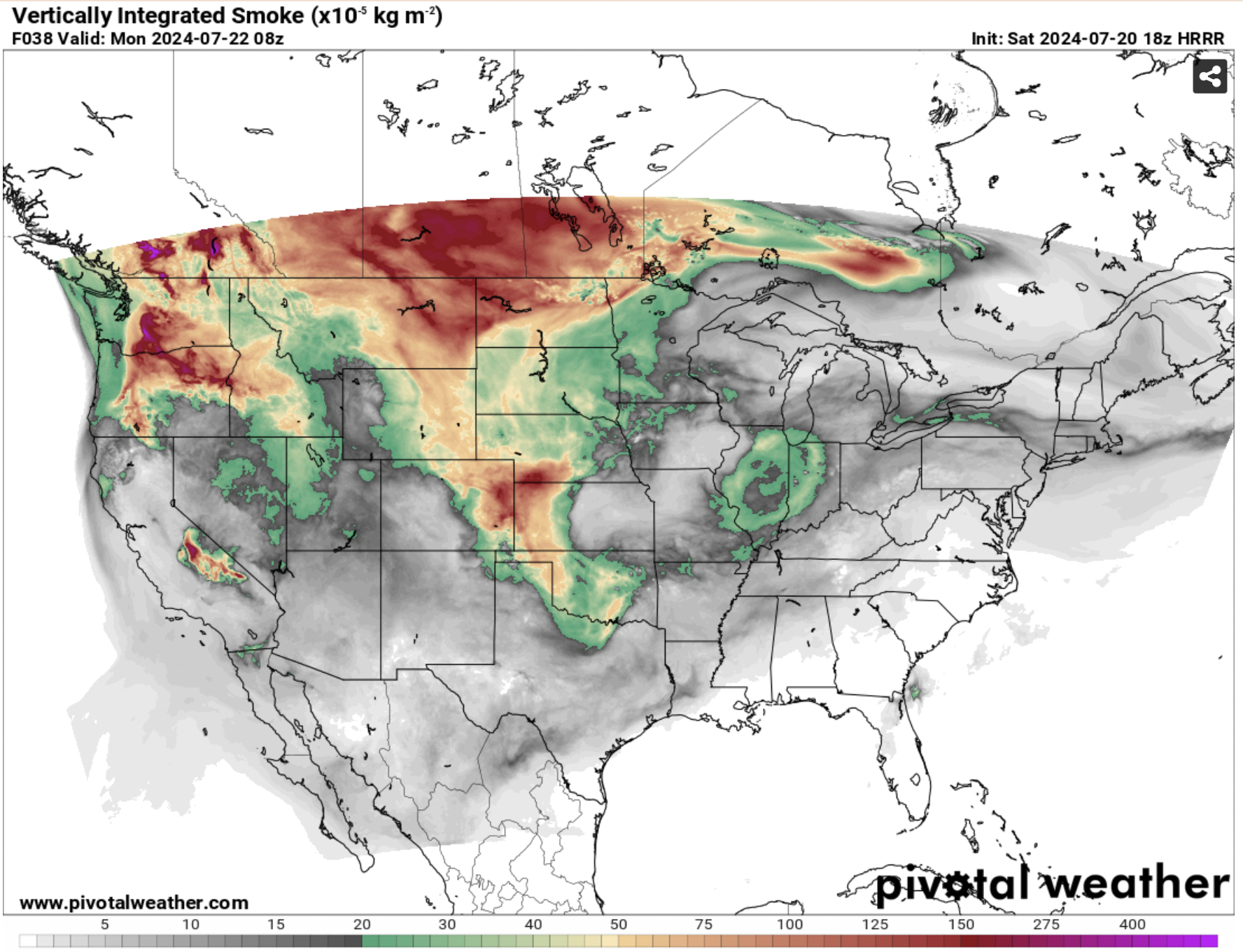Ozone Action Day Alert
From 4:00 PM on Saturday, July 20, until midnight on Sunday, July 21, the Colorado Department of Public Health and Environment issued an Ozone Action Day Alert for several counties, including Douglas, Jefferson, Denver, western Arapahoe, western Adams, Broomfield, Boulder, Larimer, and Weld. This alert indicates heightened ozone levels in the Front Range Urban Corridor, prompting residents to reduce driving gas and diesel-powered vehicles to minimize further ozone production.
What is Ozone and Why is it an Issue?
Ozone (O3) at ground level is a harmful air pollutant and a key component of smog. It is created when nitrogen oxides (NOx) and volatile organic compounds (VOCs) react in the presence of light from the sun. The sources of NOx and VOCs include vehicle emissions, industrial facilities, and chemical solvents. High levels of ozone can cause respiratory problems, particularly in active children, adults, and individuals with lung diseases like asthma.
Current Air Quality Status
As of Saturday, July 20, ozone concentrations in the Front Range Urban Corridor are expected to range from Moderate to Unhealthy for Sensitive Groups. The highest concentrations are anticipated in the southern and western parts of the Denver metro area. On Sunday, cooler temperatures and cloud cover are expected to keep ozone levels in the Good to Moderate range.
Additionally, fine particulate matter (PM2.5) concentrations are predicted to stay within the Good to Moderate range over the weekend. However, an influx of wildfire smoke from out-of-state fires may cause a sharp increase in particulate levels on Sunday. This smoke will primarily remain in the upper atmosphere, but there could be localized areas with higher concentrations. Sensitive individuals are advised to limit prolonged outdoor exertion during these periods.
Wildfire Smoke and Its Impact
The recent influx of smoke in Colorado primarily originates from wildfires in Canada. As of July 17, 2024, Canada reported numerous active wildfires, with significant fires in Alberta, Northwest Territories, and Saskatchewan. These fires contribute to elevated PM2.5 levels, leading to hazy skies and potential health risks, especially for vulnerable populations.
 |  |  |
Public Health Recommendations
For areas affected by smoke and high ozone levels, public health officials recommend:
- Limiting outdoor activities, especially for sensitive groups such as children, the elderly, and individuals with respiratory or heart conditions.
- Staying indoors with windows and doors closed when smoke is thick.
- Using air purifiers to reduce indoor pollution levels.
- Monitoring air quality updates and relocating temporarily if necessary to areas with better air quality.
For real-time updates on air quality conditions, forecasts, and advisories in Colorado, residents can visit the Colorado Department of Public Health and Environment’s air quality summary page here.
Conclusion
Air quality in Colorado is influenced by both local pollution sources and external factors like wildfire smoke from neighboring regions. High ozone levels and fine particulate matter pose health risks, necessitating public awareness and proactive measures to reduce exposure. By staying informed and following health guidelines, residents can protect themselves and their communities from the adverse effects of poor air quality.
